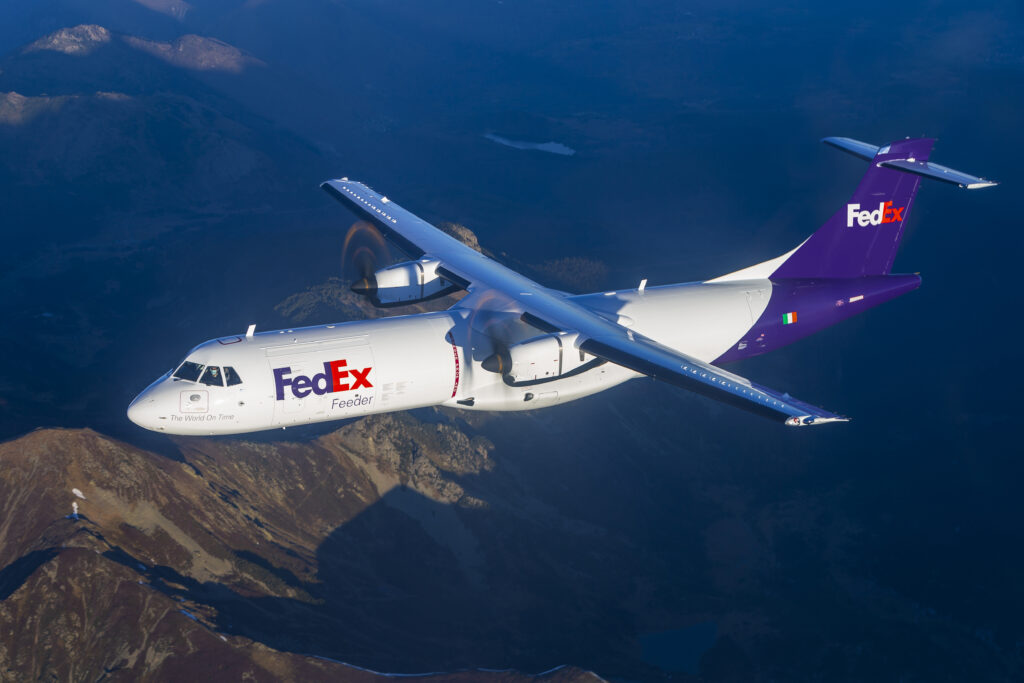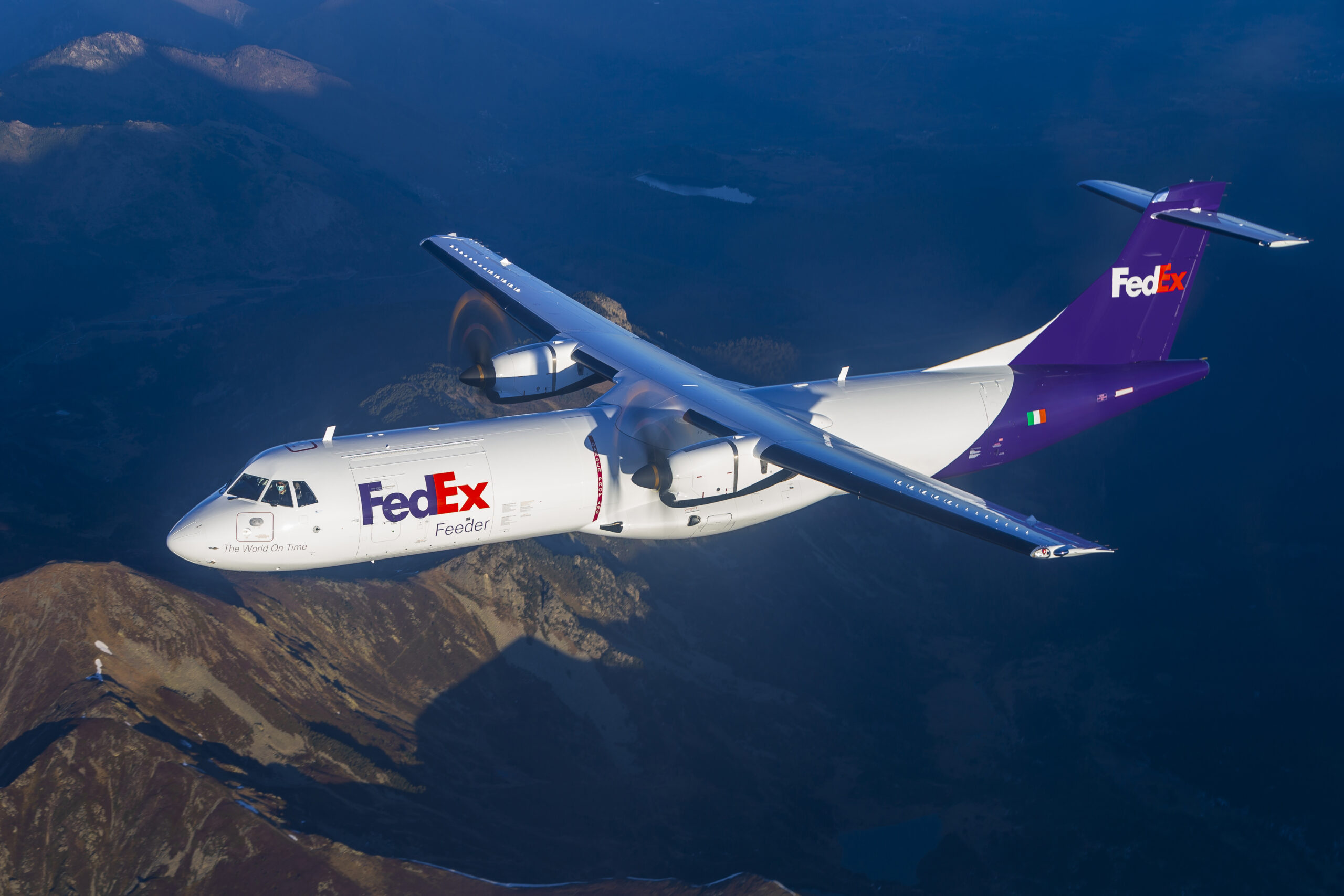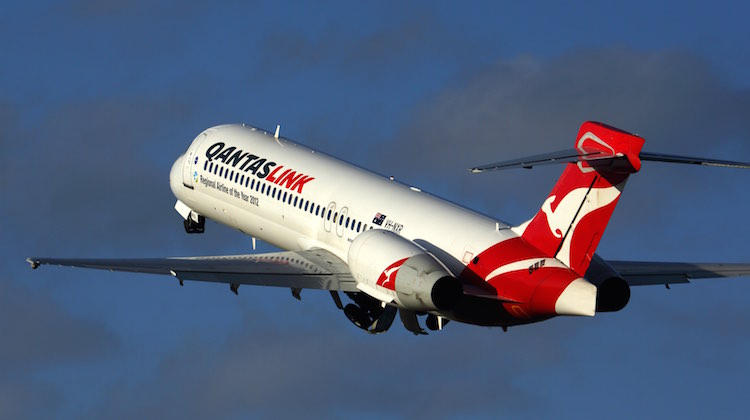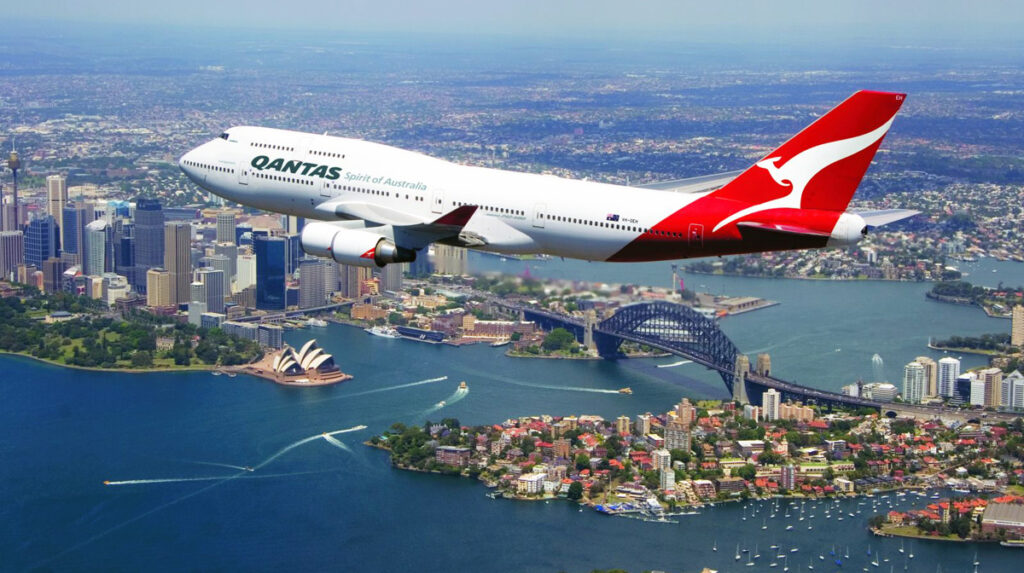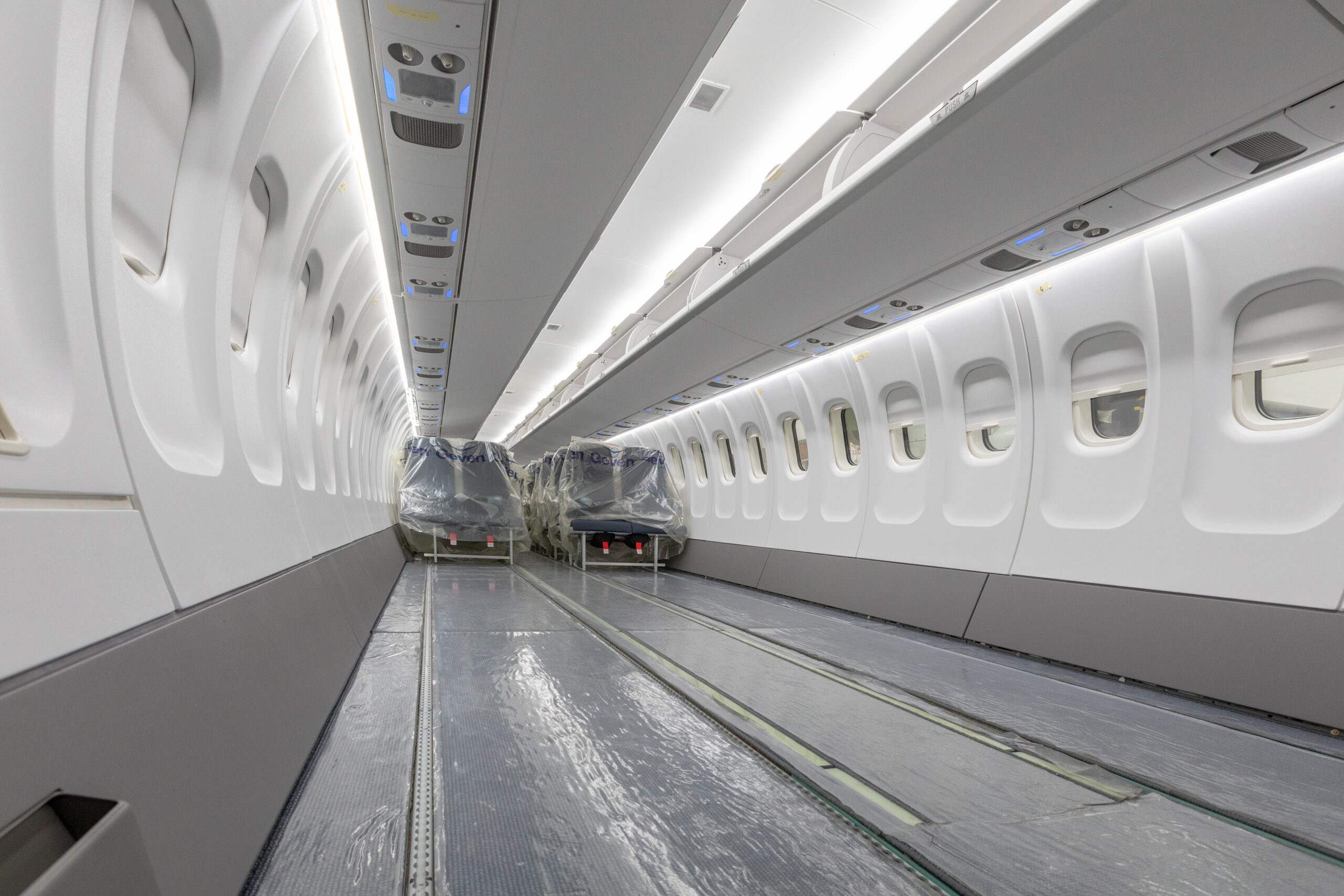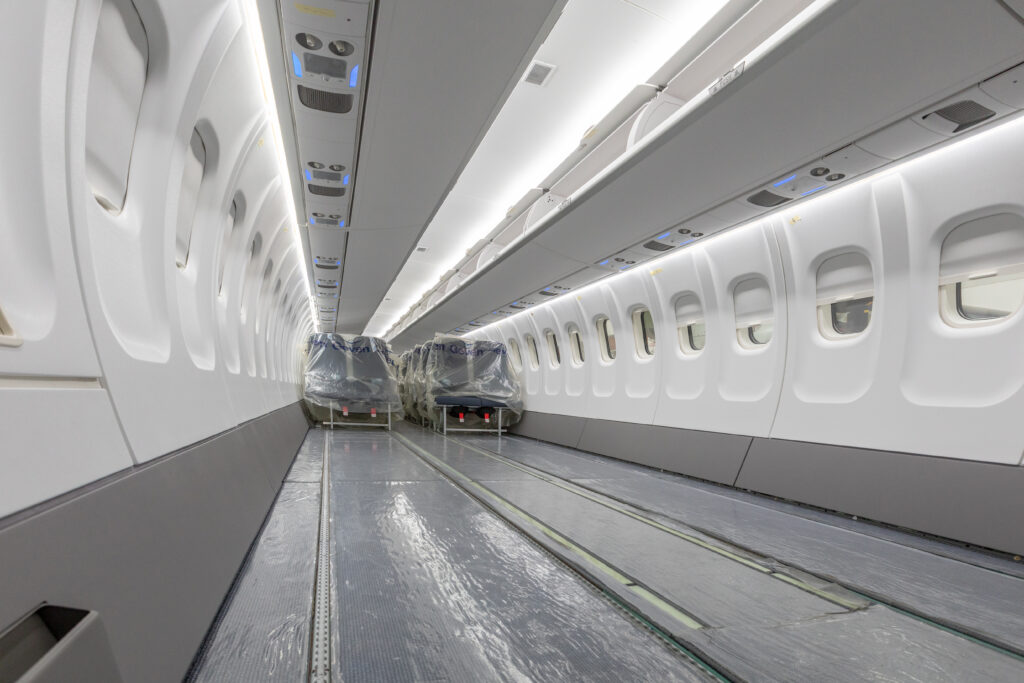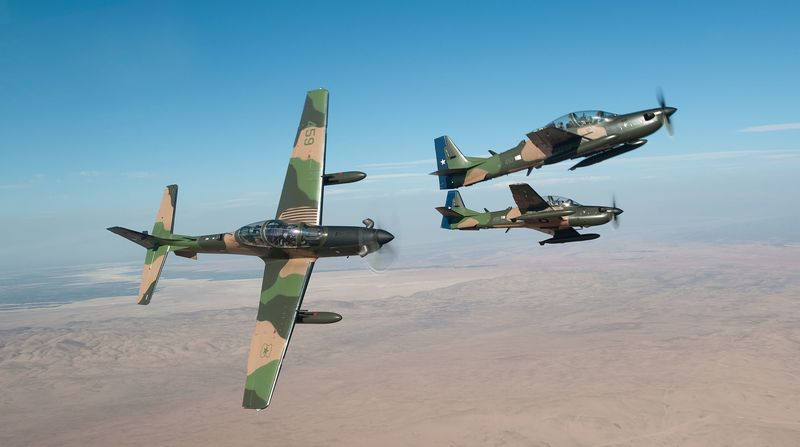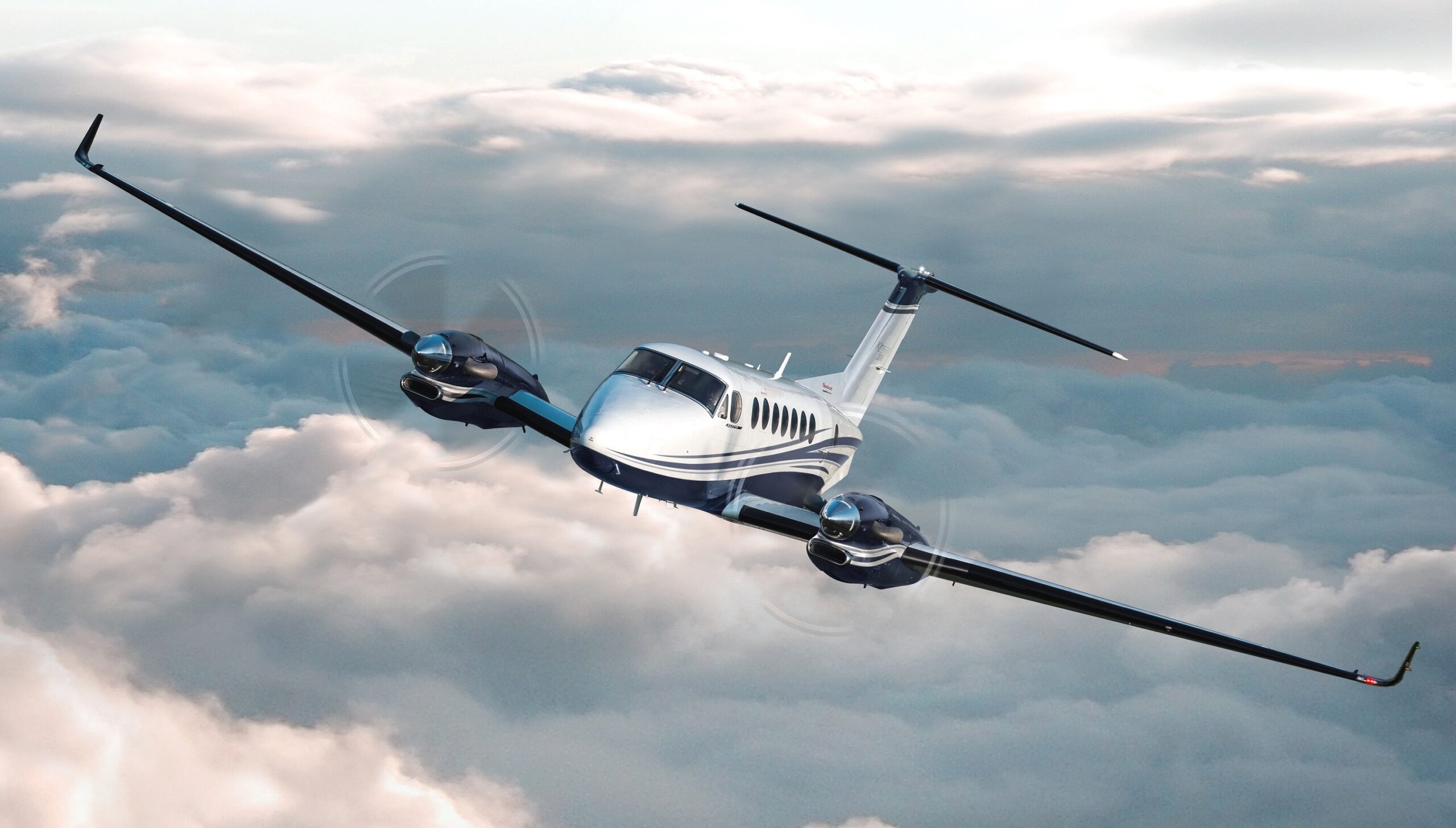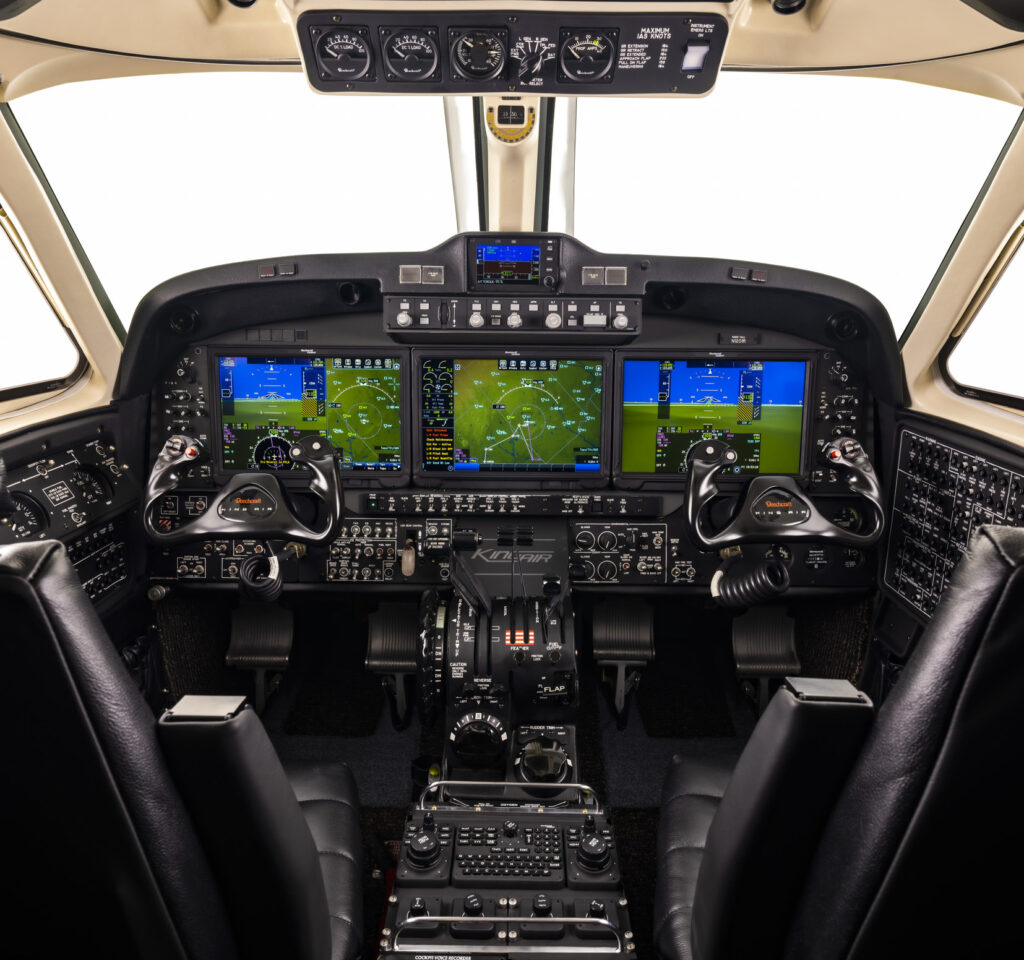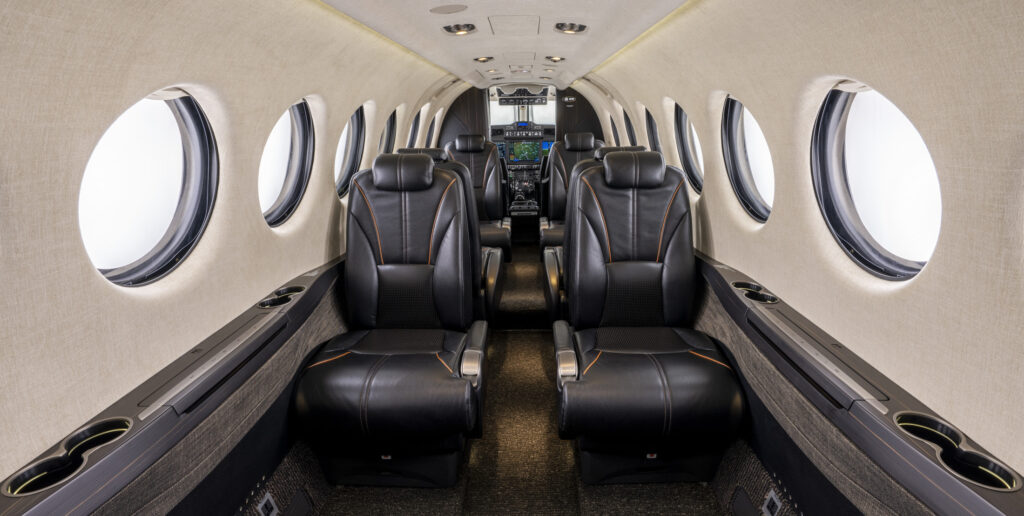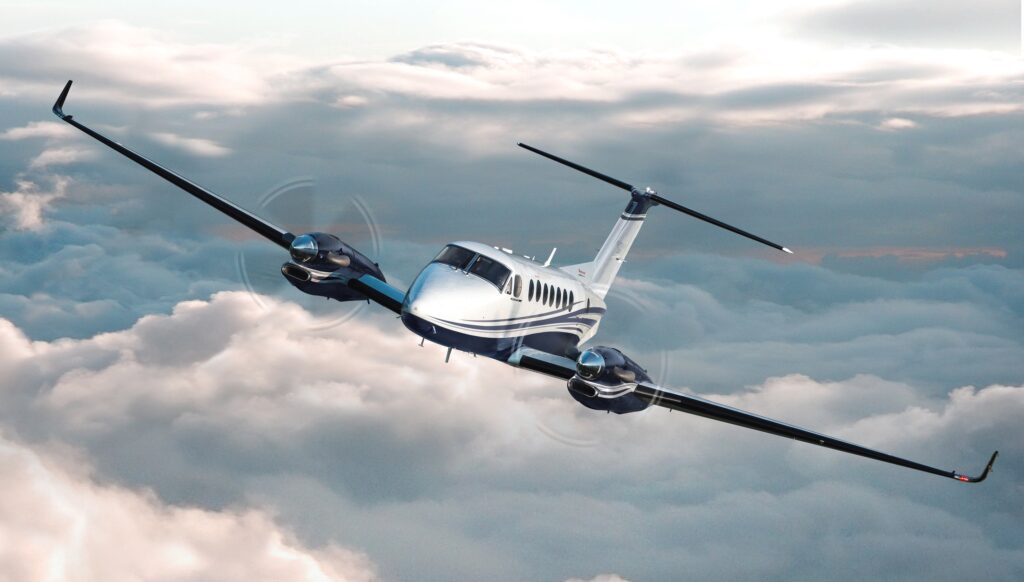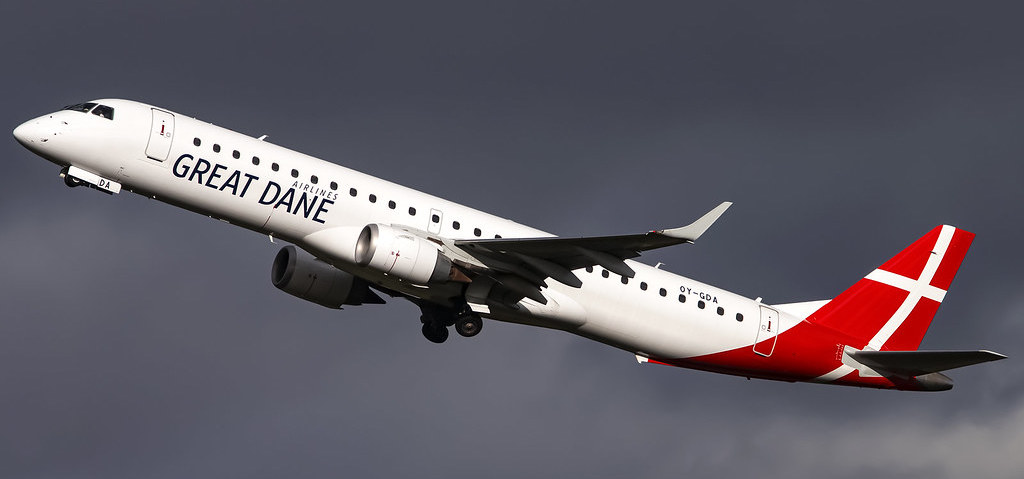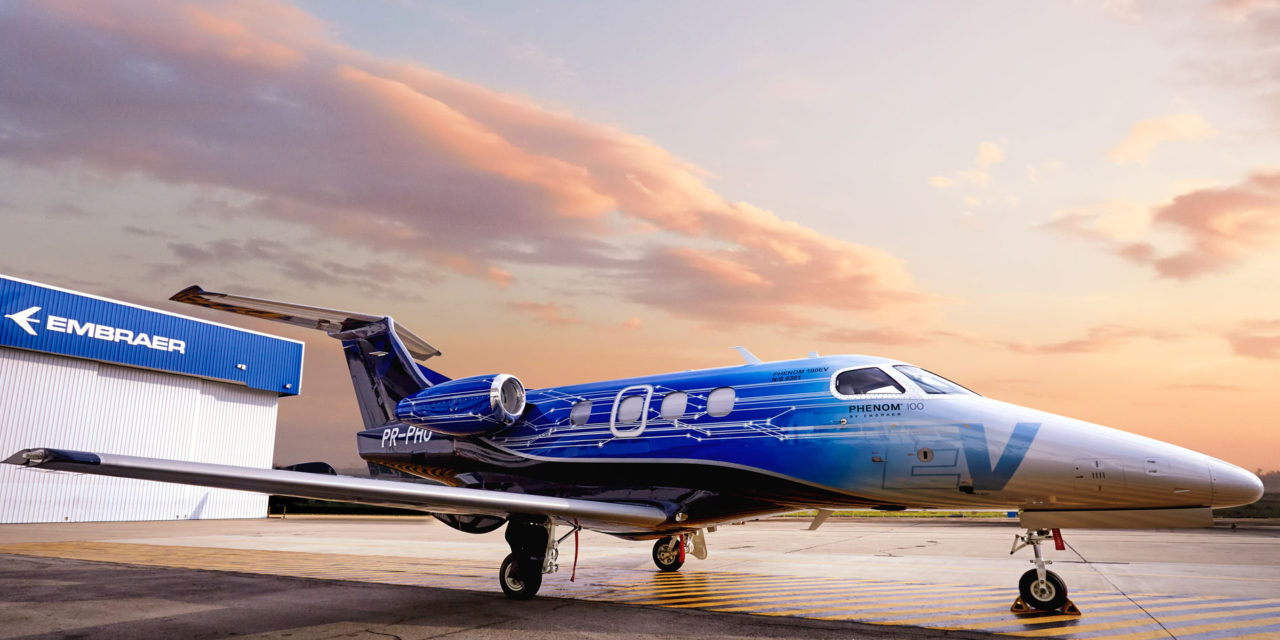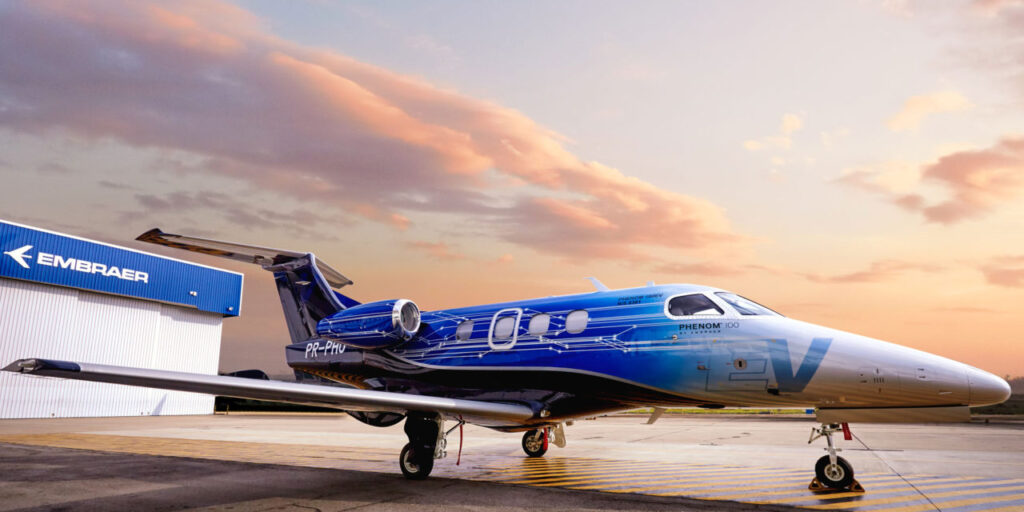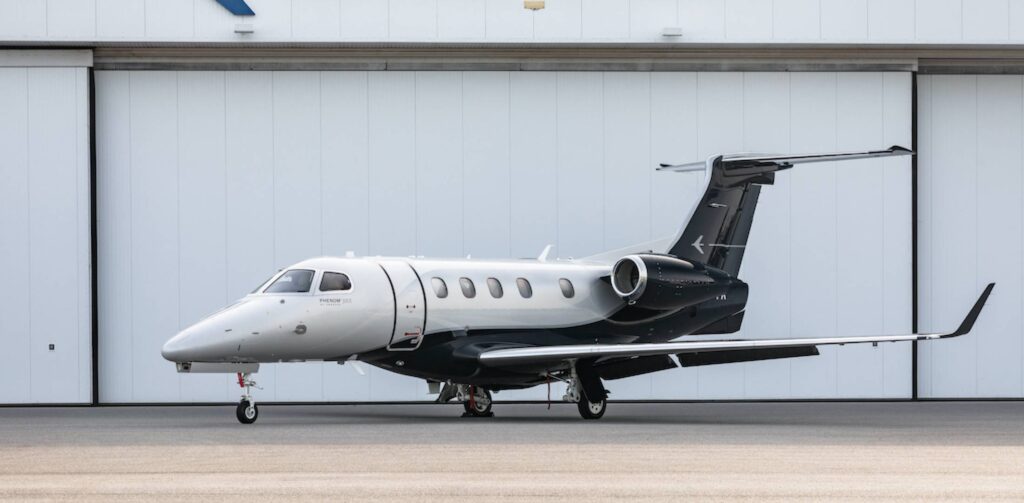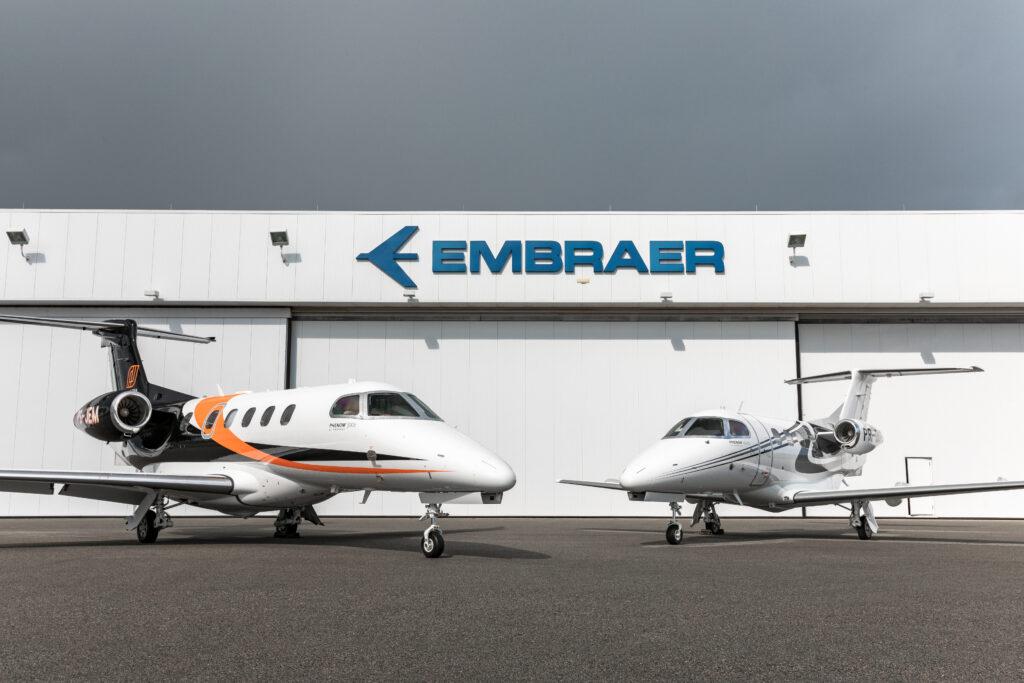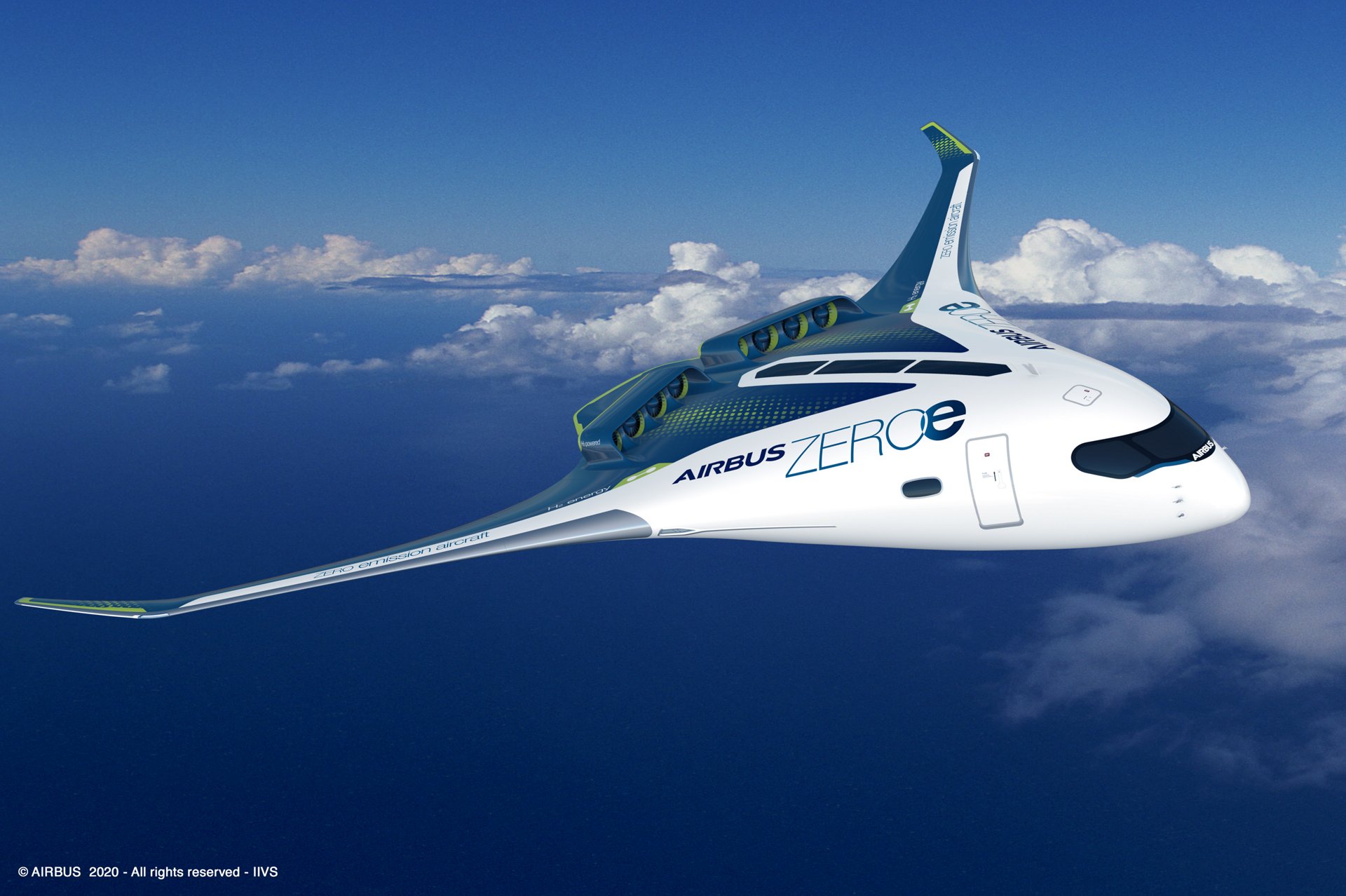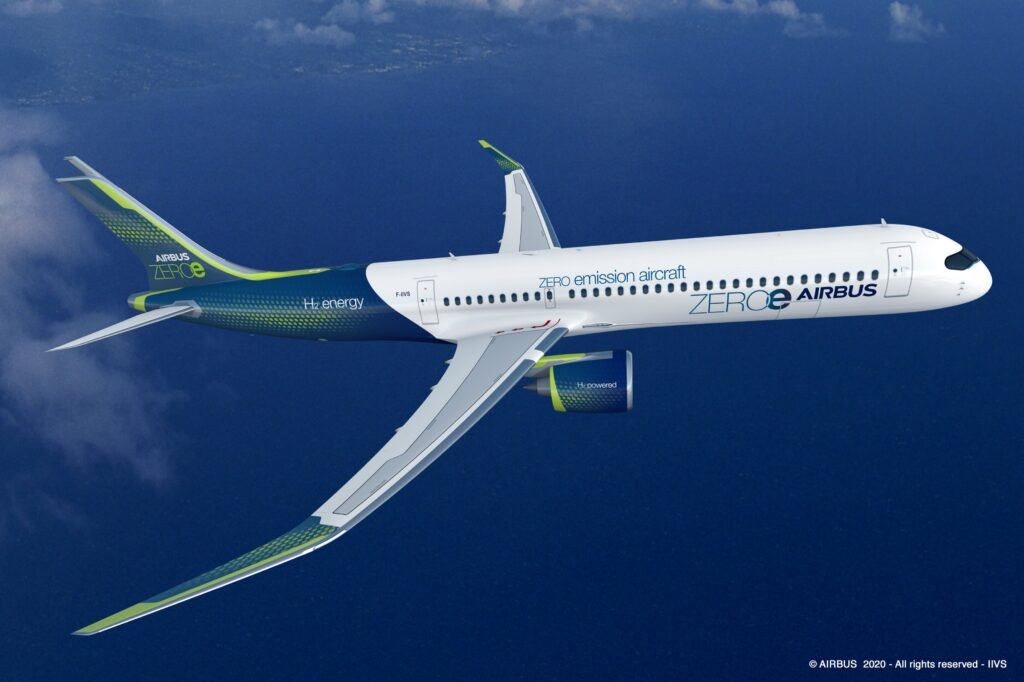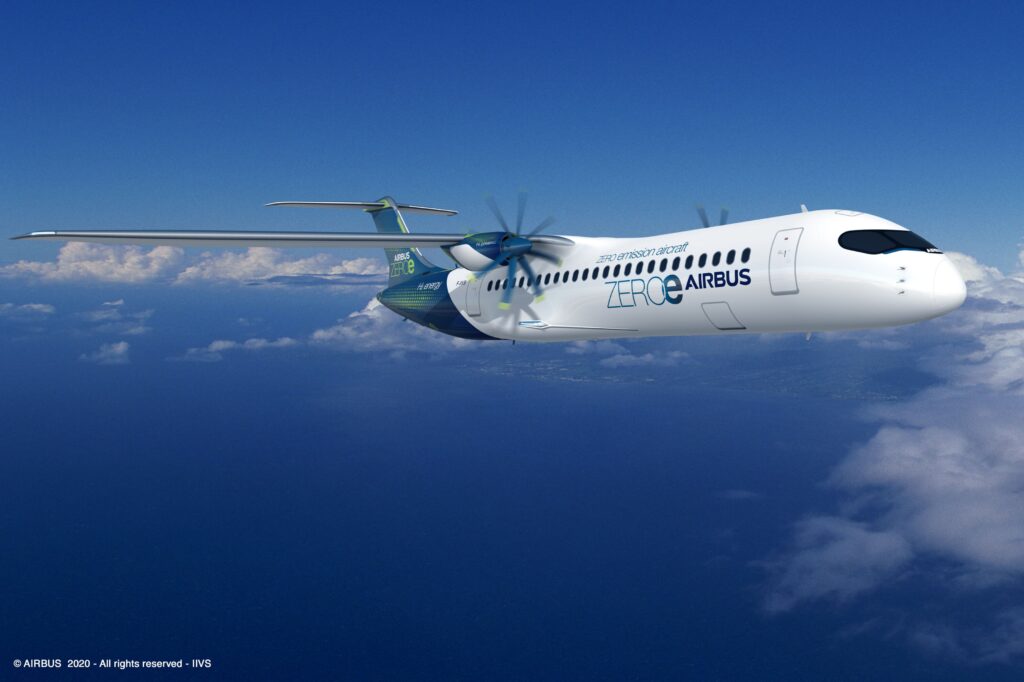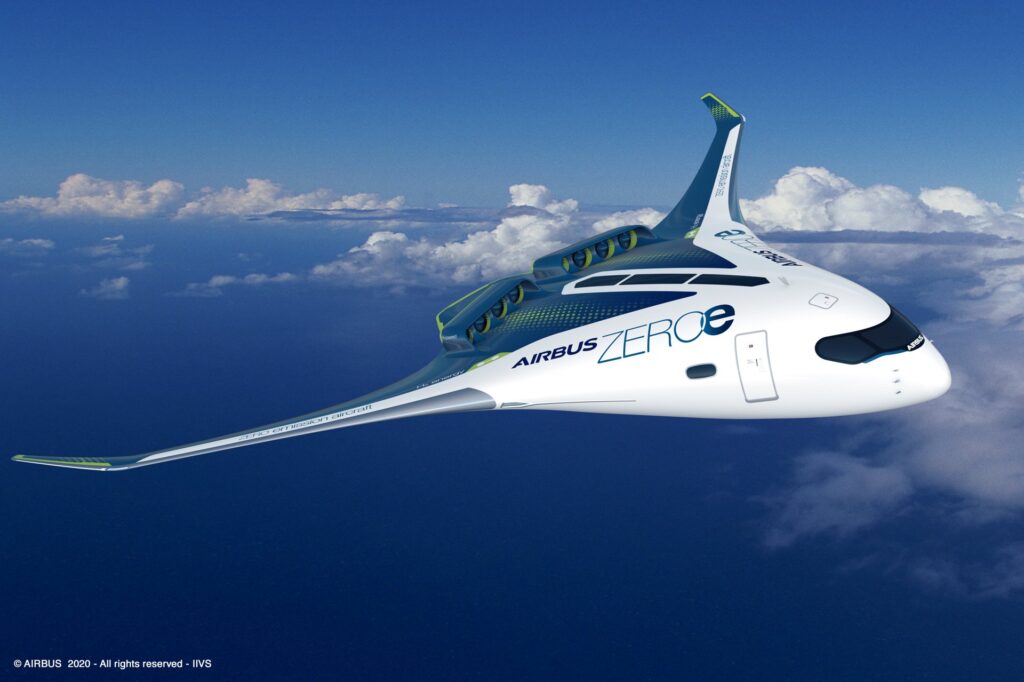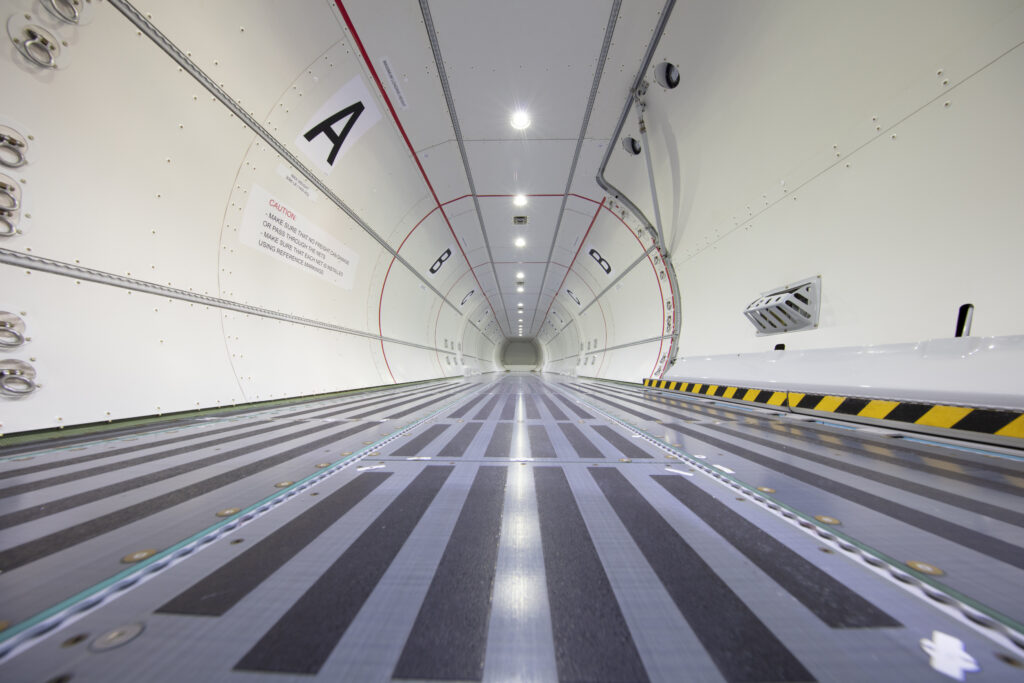
FedEx Express, a subsidiary of FedEx Corp. (NYSE: FDX) and the world’s largest express transportation company, announced the delivery of the first ever purpose-built turboprop regional freighter to the FedEx fleet. This follows the company’s 2017 signing of a firm order of 30 aircraft, with the option to purchase 20 more. The aircraft will arrive at Shannon Airport and will be operated by ASL Airlines Ireland, a FedEx ATR operator since 2000, as part of the FedEx Express Feeder fleet. This global fleet allows the company to provide fast, economical services to small and medium-sized business areas around the world.
The most fuel-efficient regional aircraft, the ATR turboprop is a popular choice for cargo and passenger operators committed to a more sustainable aviation industry for the future. ATR has extensive experience in the regional freighter market. There are currently around 130 converted ATR freighter aircraft in operation, representing one third of the global regional freighter fleet, and this brand-new ATR 72-600F incorporates the benefits of this knowledge to provide FedEx with a freighter that conforms to needed requirements. With the changing market and the growth of e-commerce, the ATR is perfectly fit to connect communities and economies around the world.
FedEx Express operations can now benefit from the unique advantages offered by the ATR 72-600F’s 75m3 freight capacity. The purpose-built freighter’s fuselage is a clean design, optimised for cargo and has been delivered by the turboprop manufacturer’s Italian shareholder Leonardo, from their facilities in Naples. The aircraft’s large cargo door facilitates the optimal loading of nine tonnes of payload and offers the option of carrying either bulk cargo or, when in Unit Load Device (ULD) mode, five 88” x 108” pallets or up to seven LD3 containers. Pilots can benefit from the latest upgradable Standard 3 avionics suite in the ATR 72-600, allowing the introduction of continuous cockpit innovations that improve efficiency.
Jorn Van De Plas, Senior Vice President Air Network and GTS Europe, FedEx Express said: “Today’s delivery of the first ever purpose-built regional ATR freighter marks an exciting new chapter for our FedEx Express Feeder fleet. This is an important step in our fleet renewal strategy, ensuring we remain the most flexible, reliable, and responsible network in the business.
Stefano Bortoli, Chief Executive Office of ATR, said: “Every manufacturer is proud when it develops and delivers a brand new aircraft, and given the uniquely challenging year the industry and the whole world has faced, handing over to FedEx Express this very first ATR 72-600F is an exciting and rewarding moment for our whole team here in ATR. Freighters play a huge role in supplying essential connectivity between economies all over the world and the unique aspects of our modern purpose-built freighter mean it will deliver operational benefits to companies that integrate them into their fleet.
As part of the FedEx Express commitment to circularity, the two aircraft being replaced by the new ATRs will be donated to Madrid airport where they will be used for fire services training. These will be the 97th and 98th planes FedEx has donated at the end of their service in the fleet.
This delivery is an encouraging move for the logistics and air cargo industry in how they can continue to support the economy around the globe.
